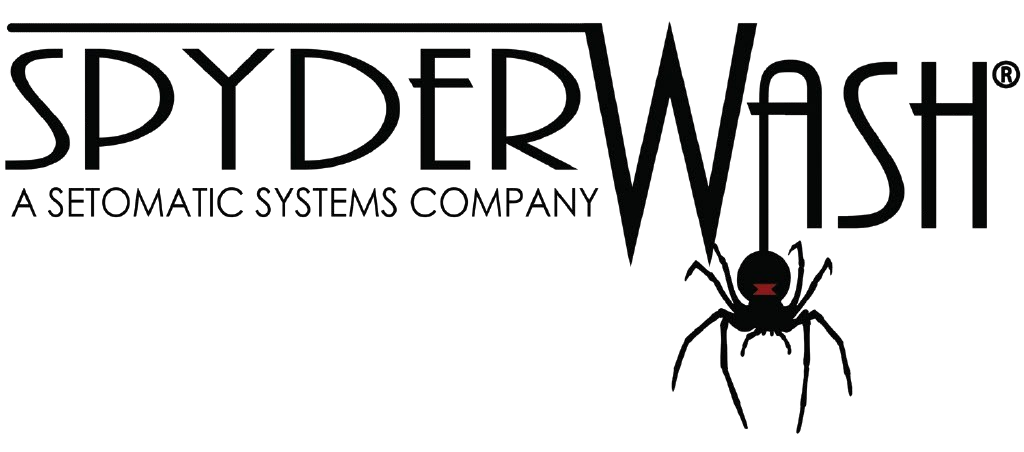I do a lot of drop-off laundry at my store. In the past, you’ve suggested using a built detergent for heavily stained and/or oily items. I took your advice, and the wash-dry-fold garments are definitely getting clean – but some of them are coming out stiff and wrinkly. What can I do?
Unless it’s neutralized, a built detergent will tighten up the fibers of your garments – so they might come out a little coarse and stiff. That’s because a built detergent is highly alkalized, so it doesn’t rinse out as thoroughly as neutral pH detergents. Therefore, call your local distributor and ask for a product called a laundry sour; this will neutralize the pH and also relax the fibers of the garments. It will help soften the items being washed.
A laundry sour is a must-use product for anything being washed with alkali. The recommended dose is about two ounces per 50 pounds, and it should be applied during the last rinse. You can use it with or without a fabric softener.
I have a wash-dry-fold customer whose clothes always have the same strong odor. I’ve tried washing them in warm to hot water, using regular detergent, oxygen bleach and plenty of liquid fabric softener. However, after the wash, the clothes still have that strong odor. I don’t know how to get rid of it. If you can suggest a method or product that will help, I would appreciate it.
Your problem likely lies with either the clothing manufacturer or distributor. Today, a lot of fabrics are shipped from China, Taiwan, Indonesia and Vietnam. In these countries, they often use different types of dyes and dying methods than in the United States, and some of the dyes have a lasting odor.
Another possible cause of your problem is how the garments were originally shipped. Many distributors in those countries typically wrap garments in polyethylene, not plastic. As it ages, polyethylene will exude a strong odor that is almost impossible to remove. I would guess that this is most likely the trouble you’re having with your customer’s garments.
The best suggestion I can offer is to use Febreze or a similar product in an extended hot-water wash of about 30 to 45 minutes. Use one cup of the product per 25-pound load. Of course, also add detergent with the Febreze, but don’t add bleach. Follow up by running the garments through a normal wash and dry cycle.
If you determine that your problem is with the dye, try using a detergent with ammonia and fabric softener. In some instances, if it’s a dye problem, ammonia will take care of it.
I own a vended laundry, and the lint screens on some of my stack dryers have developed a tough residue that I can’t seem to remove. It’s almost like drops of glue on the screens. Do you have any suggestions?
I would check the heat level on your dryers. Some garments, especially slacks and dresses, have their fabrics glues together in certain areas. And, if you are overheating your dryers, that glue or adhesive can come loose in the dryer and eventually wind up on your lint screens.
Therefore, your dryers should not be set above 180 to 185 degrees.
As far as removing the glue from your lint screens, often naphtha or certain paint removers can be effective at dislodging these adhesives. Of course, glue has many different forms and formulations. Some glue is plastic-based, some is metal-based and some feature a combination of acrylics. So, unfortunately, it likely will be a process of trial and error to see what may work to clean off those lint screens.












